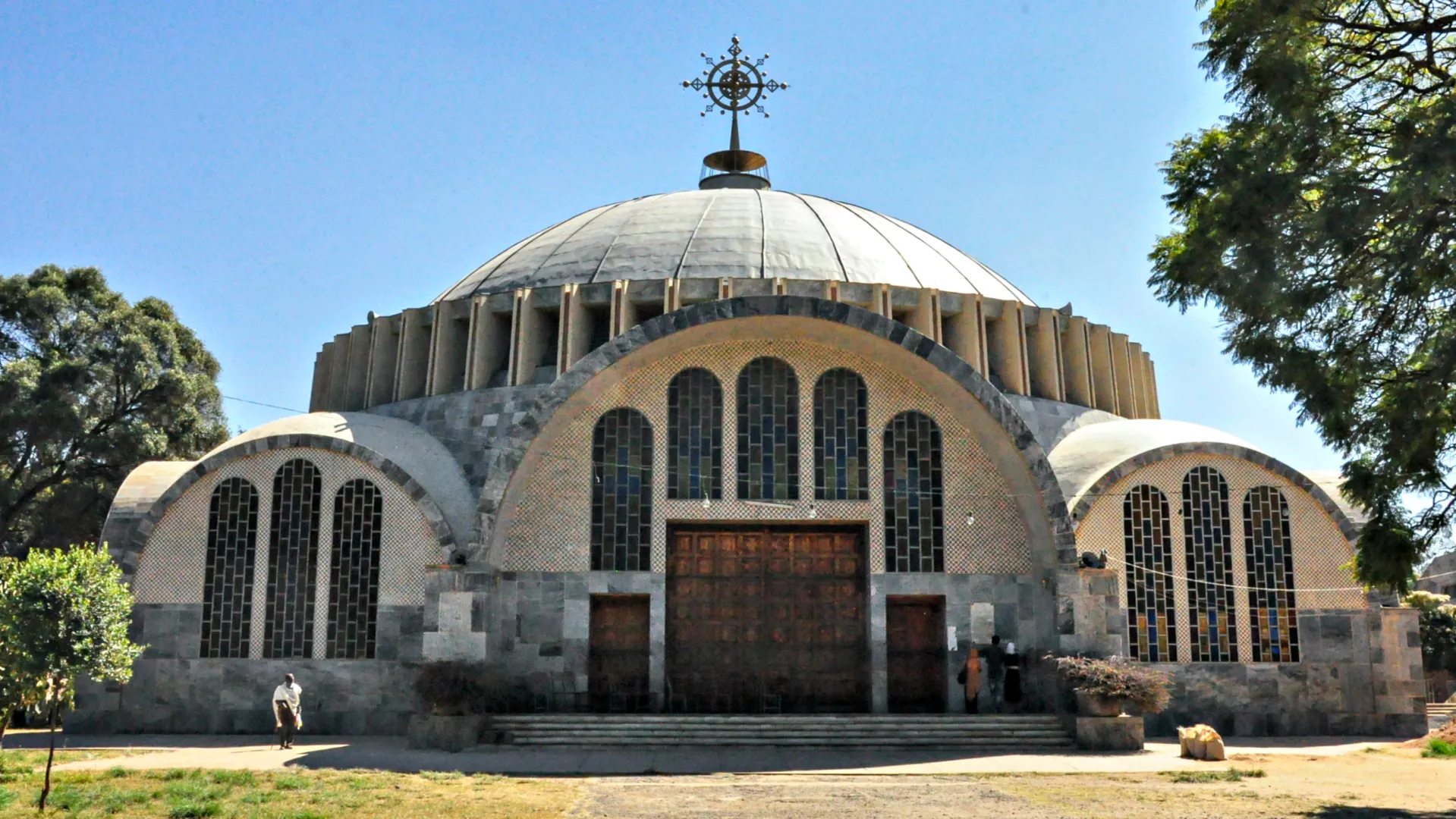
The human desire for the sacred has made a lasting impression on our environment, especially in the stones of old cathedrals. These buildings are more than just beautiful buildings; they are mute witnesses to the beginning of religion, the rise and fall of empires, and the unbroken thread of worship that binds us to the earliest beginnings of Christianity. Standing inside their walls is like walking through a living chronology, feeling the echoes of prayers said by millions of people over thousands of years.
These buildings are priceless mysteries for historians and archaeologists. Every stone, mosaic, and inscription tells us something about how Christian art, liturgy, and communal life have changed over time. These buildings tell the tale of how people went from meeting in secret in tombs to building enormous basilicas. Finding the “oldest” is not easy. It usually involves figuring out the difference between continuous usage, original foundations, and the archeological remnants of the first known house churches.
The interest in these old temples only intensifies as we get closer to 2025. They are a real link to the time of the apostles and to people like St. Peter, St. Paul, and the first desert fathers. For the faithful, these are places of pilgrimage that have a spiritual meaning that is hard to beat. For those who want to know more, these are open-air museums that are both beautiful and full of history. This list, put together for our Nubia magazine readers, is meant to help you get to these sacred places.
In this full tour for 2025, we’ll look at ten of the oldest and most important churches in the world. We shall concentrate on locations that have preserved their holiness over time or possess the archeological designation for the earliest known Christian worship sites. We’ll talk about the stories that surround them, the civilizations who created them, and the deep sense of wonder they still give people today. Get ready to explore the roots of the Christian faith, from the hot deserts of Egypt to the imperial center of Rome.
List Of Top 10 Oldest Churches In The World 2025
1. Jerusalem’s Church of the Holy Sepulchre
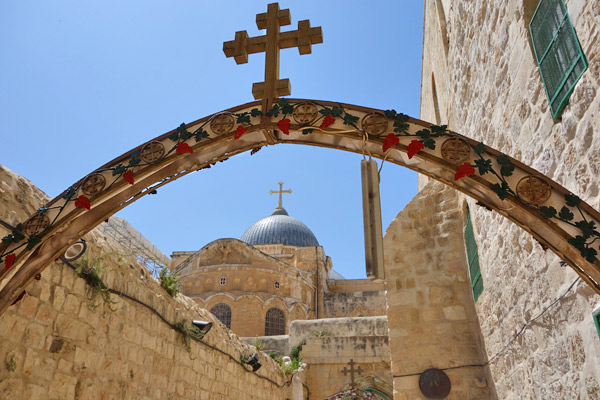
The Church of the Holy Sepulchre in Jerusalem is one of the most famous old churches. This church is the holiest place in Christianity since it is where Jesus was killed (Calvary, or Golgotha) and where he rose from the dead (his empty tomb). Roman Emperor Constantine the Great ordered the construction of the first basilica. His mother, Saint Helena, oversaw the work from 326 to 335 AD. This makes its foundations one of the most important in the history of any religious building on Earth. The church you see today is a complicated mix of years of devastation, rebuilding, and respect. The Persians caused the most damage to it in 614 AD, and the Crusaders reconstructed it in a Romanesque style in the 12th century. One thing that makes a visit here so special, and a topic that Nubia magazine often writes about, is the complicated way that different Christian denominations share the church’s custody. The Greek Orthodox, Armenian Apostolic, and Roman Catholic churches are the main ones, but the Coptic, Ethiopian, and Syriac Orthodox churches also have rights. This shared stewardship, which has been in place for hundreds of years, makes the Church of the Holy Sepulchre a living museum of faith, history, and sometimes, fragile human diplomacy.
2. Dura-Europos Church at Dura-Europos, Syria

The Christian edifice at Dura-Europos in Syria is not a church in the usual sense, but it is the oldest known Christian house church in the world. It was made between 235 and 256 AD, before the Roman Empire made Christianity legal. During this time, Christians had to worship in secret. They often turned their homes into places of worship, which were called domus ecclesiae. The building was found in the 1920s and is notable for how well it has been preserved, mostly because it was buried by a defensive embankment when the city was under siege. The building is very important. It had a meeting room and a separate baptistery with a canopy and a basin. Most surprisingly, the walls were covered in frescoes that showed religious subjects, like Christ as the Good Shepherd and the Healing of the Paralytic. These are some of the oldest Christian paintings that are still around. This house church shows that organized community worship and Christian liturgical art were already quite advanced long before Constantine. Dura-Europos is more than just a ruin for historians and readers of Nubia magazine; it is a magnificent picture of the secret, formative years of Christian devotion.
3. Trier Cathedral, Trier, Germany
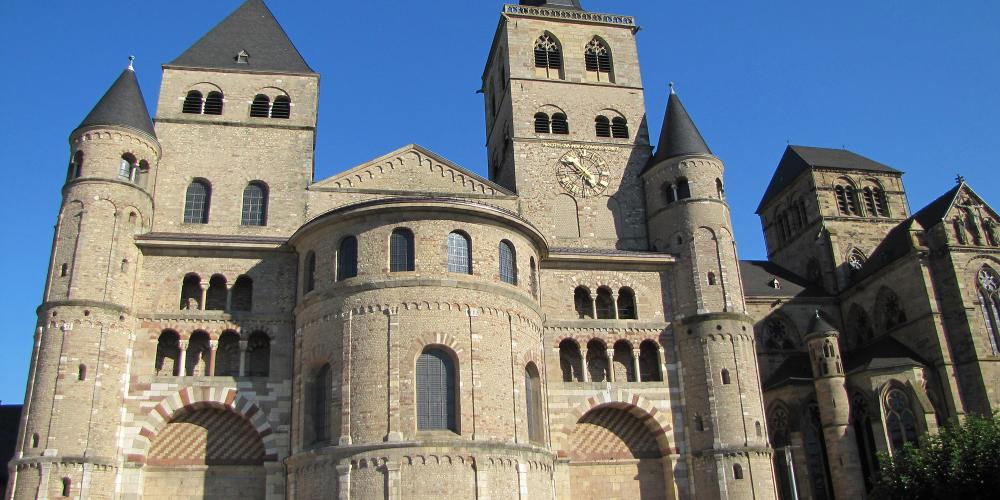
The High Cathedral of St. Peter in Trier is proud to be the oldest cathedral in Germany. The building’s foundations are literally built on the past. Parts of the existing building are built on top of a Roman palace that Emperor Constantine had built in the early 4th century, about 270 AD. The huge square building in the middle of the current cathedral was once part of a huge double church complex, which was the biggest of its kind in the ancient world. This means that the Cathedral of Trier is a direct link to the time of Constantine. Over the years, the cathedral has been added to and changed many times, creating a unique mix of Romanesque, Gothic, and Baroque styles. It is home to one of the most important relics in Christianity: the Holy Robe, which is thought to be Christ’s clothing. You can feel the weight of history inside its walls. The cathedral tells the tale of how Christianity spread north of the Alps, starting with its Roman foundations and continuing with its medieval embellishments. It is a key part of European religious history and should be on any list of the Oldest Churches in the World 2025.
4. The Desert Monastery of St. Anthony in Egypt
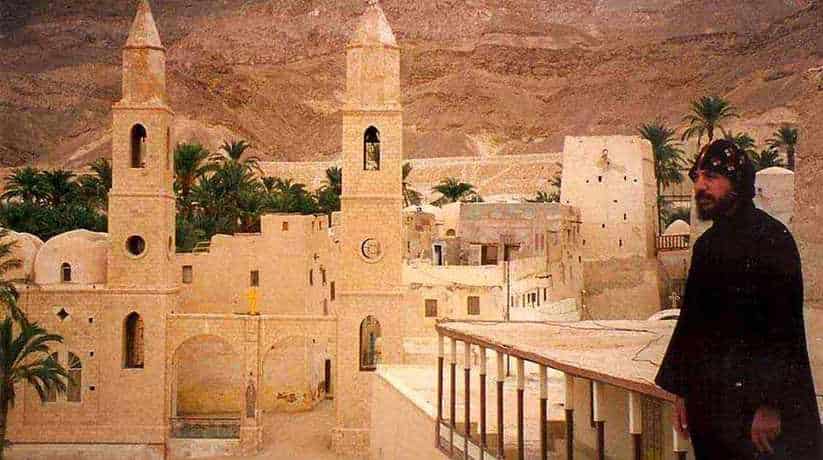
The Monastery of St. Anthony in the Eastern Desert of Egypt is one of the most spiritually important ancient locations in the Christian world. It is not in one of Europe’s imperial cities. It is the oldest operational monastery in the world, having been built in 356 AD, just a few years after St. Anthony the Great died. People look forward to St. Anthony as the father of monasticism. His retreat to the Egyptian desert sparked a movement that would change Christianity forever. The monastery is erected close to the cave where he spent the last decades of his ascetic life. This fortress-like complex is a living example of the Coptic Christian heritage, which has kept its language and rituals alive for almost 2,000 years. There are several old buildings inside, such as the Church of St. Anthony, which has beautiful murals from the 7th and 8th centuries that are some of the best examples of early Christian art in the world. The monastery library has rare manuscripts, and the monks who live there continue the traditions of prayer and work that their founder started. This secluded refuge is the best place for anyone who wants to learn about the origins of monasticism.
5. The Church of Our Lady Mary of Zion in Axum, Ethiopia

The Church of Our Lady Mary of Zion in Axum is one of the most holy places for Ethiopian Orthodox Christians. It says it was built in the 4th century. Tradition says that King Ezana erected it. He was the ruler who turned the Aksumite Empire into a Christian nation, making Ethiopia one of the first Christian countries in the world. Around 340 AD, the first building was built. This makes it one of the oldest churches in the world. The fact that this chapel is linked to the Ark of the Covenant is what makes it so interesting to people all over the world. According to Ethiopian history, Menelik I, the son of King Solomon and the Queen of Sheba, carried the original Ark to Axum. It is now kept in a separate chapel next to the church, where it is protected by a solitary monk. The Ark is never seen by the public, yet this notion makes the complex the spiritual center of the country. The modern church, built by Emperor Fasilides in the 17th century, lies next to the ruins of the older churches, making a powerful panorama of faith that spans centuries. Nubia magazine is happy to tell the story of this church, which is a tribute to Africa’s unique and historic Christian tradition.
6. Milan’s Basilica of San Lorenzo

The Basilica of San Lorenzo Maggiore in Milan is an interesting mix of architectural styles and is one of the oldest cathedrals in Northern Italy. It was built around 370 AD, in the late 4th and early 5th centuries, at the same time as the original St. Paul’s Outside the Walls. It was created when Milan was the capital of the Western Roman Empire, and its size shows how important the city used to be. The church is named for St. Lawrence, a deacon and martyr from the third century. It was probably erected on the location of Roman baths and an amphitheater. The collection of early Christian chapels that surround the main basilica is what makes San Lorenzo so special. One of these chapels is the Chapel of St. Aquilinus, which has well-preserved mosaics from the 4th century. The most impressive thing about the basilica is the row of sixteen Corinthian columns, called the Columns of San Lorenzo, that stand right in front of the church. These are Roman artifacts that were probably taken from a pagan edifice from the 2nd century and used to make a huge atrium. This usage of classical components again is a strong sign of the change from the pagan Roman world to the new Christian era. This is a concept that we at Nubia magazine find quite interesting.
7. The Vatican City/Rome’s St. Peter’s Basilica
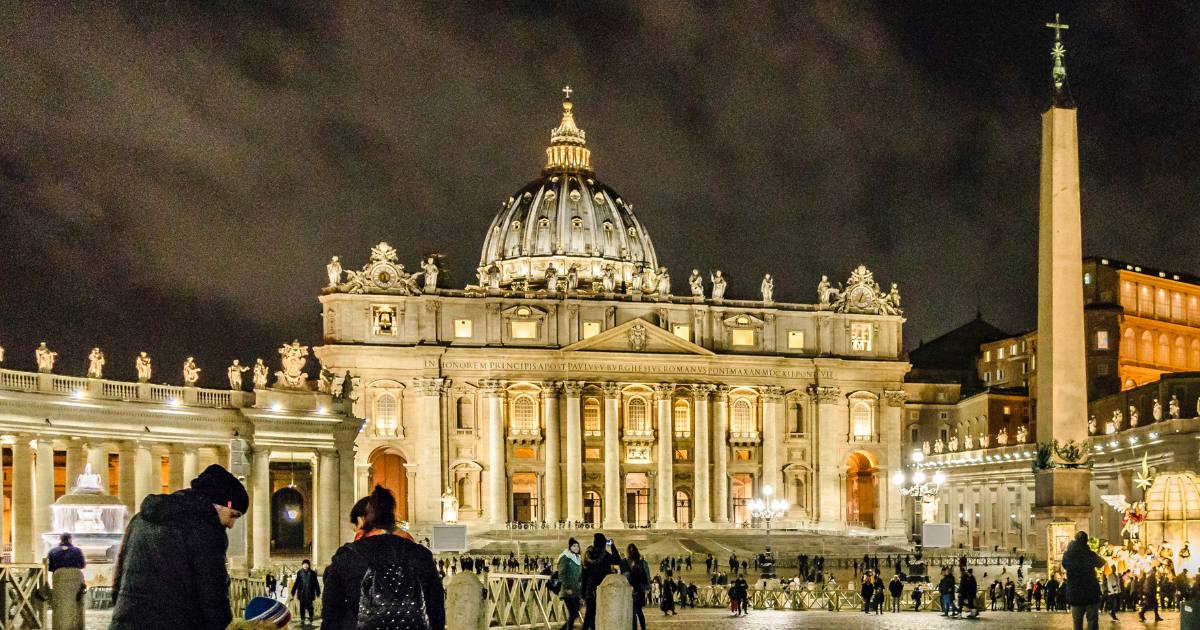
8. Cyprus’s Monastery of Stavrovouni in Larnaca
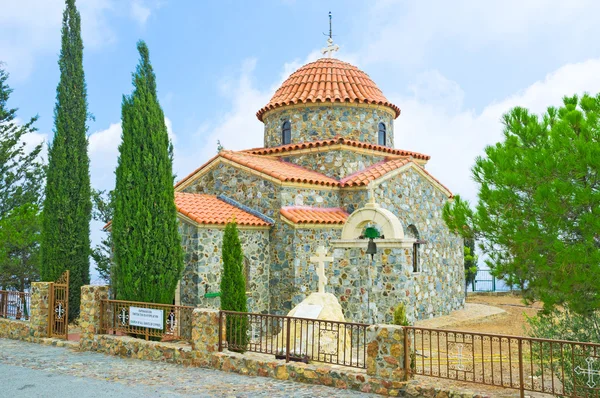
The Monastery of Stavrovouni, which means “Mountain of the Cross,” sits spectacularly on a rocky peak in Cyprus. It says that its foundation is both old and legendary. Tradition says that St. Helena, the mother of Constantine the Great, founded it in the 4th century. She put a piece of the Holy Cross there on her way back from Jerusalem. The monastery was built between 327 and 329 AD, which makes it one of the oldest in the world. Stavrovouni has a stringent, austere rule that is similar to that of Mount Athos. Visitors, especially women, are not allowed to visit too often so that the monks can be alone. For hundreds of years, this isolation has helped keep a strong sense of devotion and tradition alive. There have been several instances when the monastery has been destroyed and rebuilt, the most famous being after a terrible fire in the 1800s. However, its holy relic and the fact that monks have lived there without interruption tie it directly to the time of Constantine. For males who can attend, it gives a rare look at an old and very traditional type of Eastern Orthodox monasticism.
9. The Basilica of St. Paul Outside the Walls in Rome, Italy
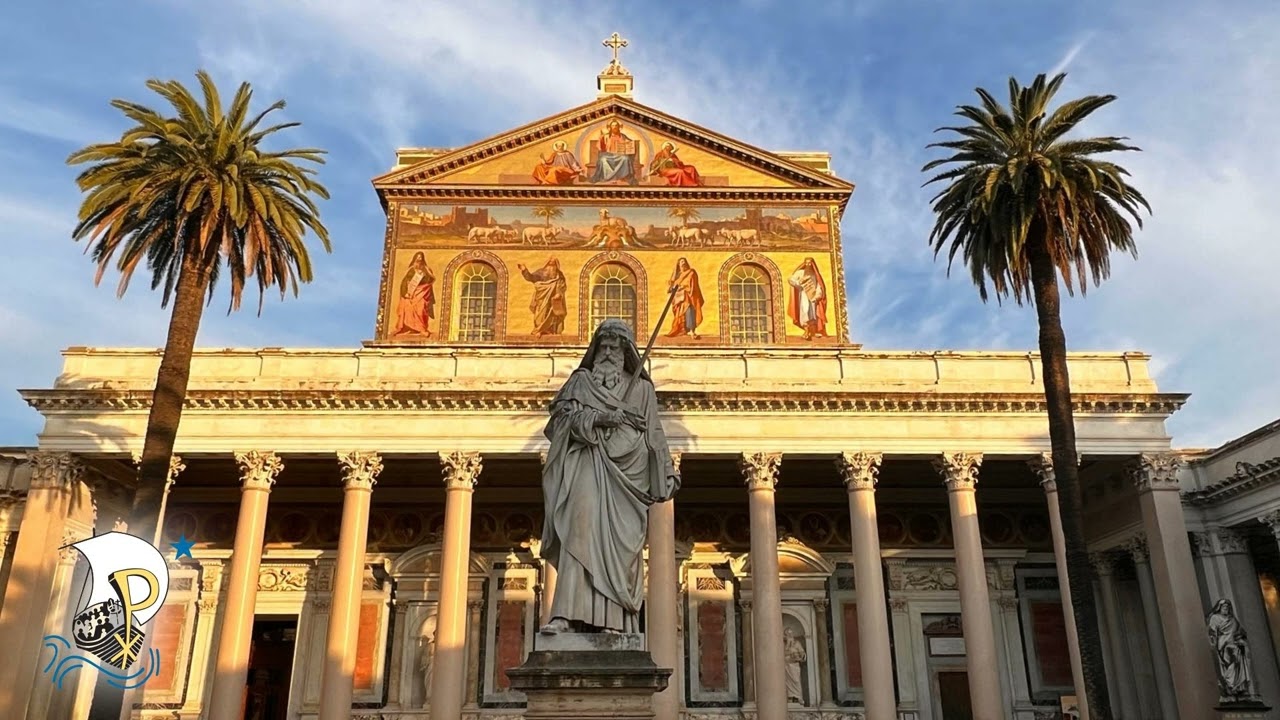
The Basilica of St. Paul Outside the Walls is one of Rome’s four main papal basilicas and is very important to both history and religion. The Roman Emperor Constantine I built it in the 4th century on the site where Saint Paul the Apostle is thought to have been buried. Its history goes back a long way. The first building, called the “Ostian Basilica,” was dedicated in 324 AD and was even bigger than Old St. Peter’s Basilica. For hundreds of years, Christians have made pilgrimages here to celebrate the legacy of the famous Apostle to the Gentiles. The basilica you see now is a carefully built replica from the 19th century, even if it looks grand. The original building was nearly completely destroyed by a terrible fire in 1823. The renovation, on the other hand, stayed true to the original 5th-century layout, keeping its huge size and classical basilica shape. There are beautiful portraits of every pope lining the nave within, showing the uninterrupted line of succession from St. Peter. The triumphal arch and the beautiful 13th-century cloister are two ancient structures that survived the fire and provide us a firsthand look at the Middle Ages. This basilica is an important link to the time of Constantine and the public birth of Christian architecture for everyone who reads Nubia magazine and is interested in the beginnings of Western Christianity.
10. Istanbul’s Chora Church
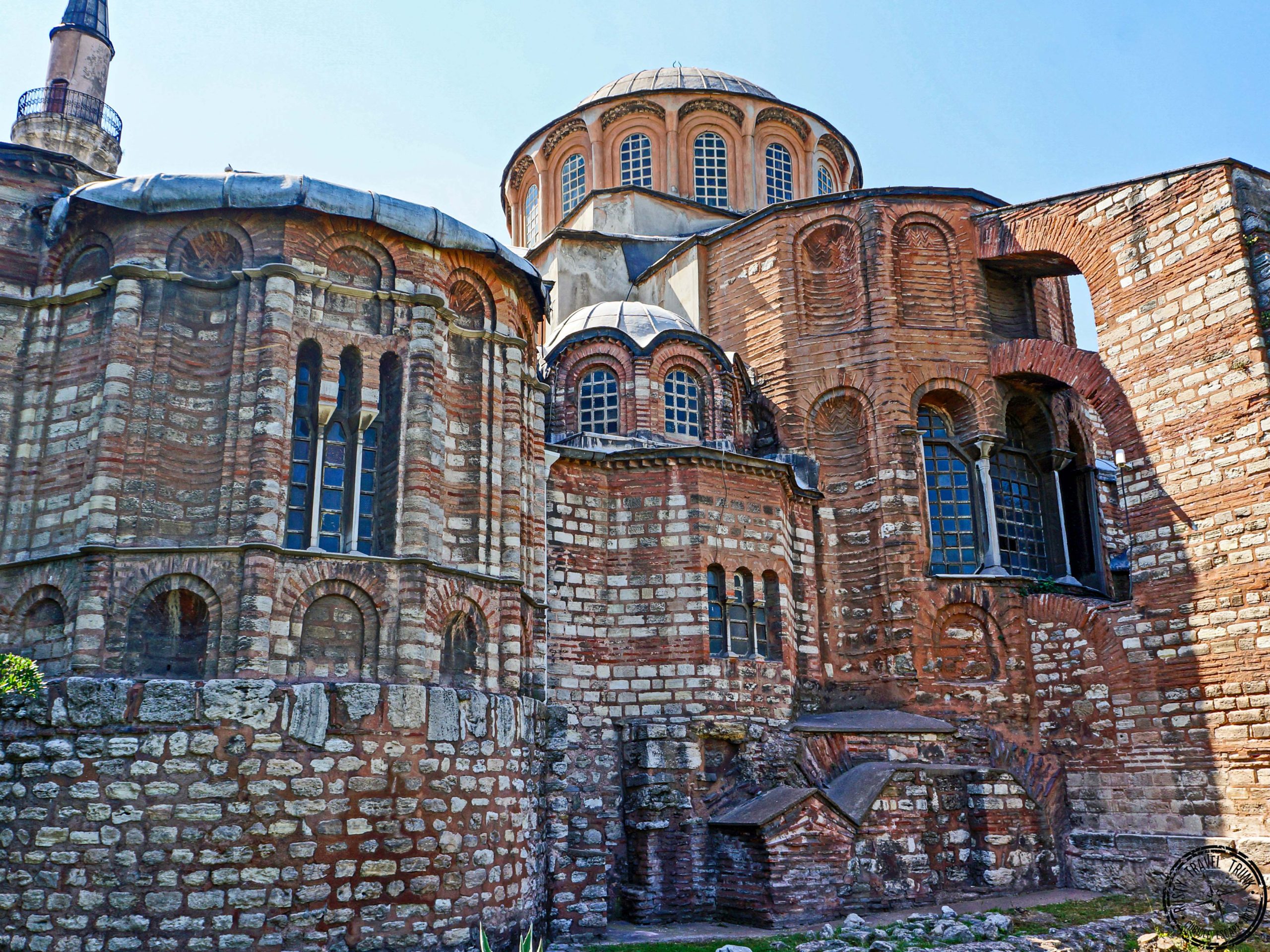
The Chora Church (officially the Kariye Museum) in Istanbul is famous not for its early building, which dates back to the early 5th century, but for its stunning and one-of-a-kind collection of Byzantine mosaics and murals from the 14th century. The name “Chora” means “in the country,” which is where it was first erected, beyond the walls of Constantinople. The edifice we see now, on the other hand, was rebuilt in the 11th century and beautifully renovated in the 14th century by the scholar Theodore Metochites. This subsequent remodeling is what made the church famous. The inside is covered in beautiful mosaics that show the lives of Christ and the Virgin Mary. The frescoes in the parecclesion (side chapel) show the Anastasis (the Harrowing of Hell) in a very deep and intricate way. Many art historians think that these pieces are the best examples of Byzantine art that still exist. They are the best examples of the Palaeologan Renaissance. The Chora Church is a beautiful reminder that “oldest” can also imply a place where the best works of art from the Christian world are kept.





